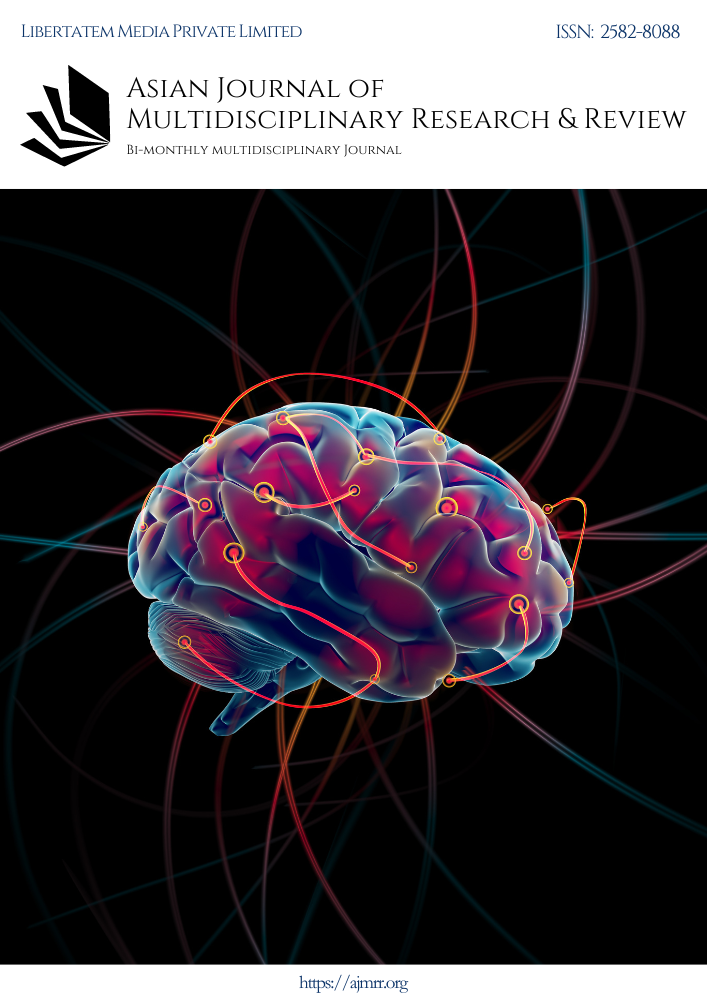Ai-Based Solutions for Improving Cybersecurity and Its Significance in Defending Evolving Cyber Threats in Enterprises
Keywords:
spam, malicious attackAbstract
Artificial Intelligence and its sub-domain Machine learning contribute to the system development by learning from previous data, making logical judgements, spotting patterns with little to no human intervention. Cybersecurity approaches offer modern solutions to provide security against the attacks and threats. Consequent to the ability of attackers to evade conventional security solutions, the previous and traditional security measures are not strong enough to tackle the current time’s security issues. Protecting the data and software products from the attacks present on servers, computers, smart devices and networks is the practice of cybersecurity. There are two main factors to combine cybersecurity with Artificial intelligence (AI); one is considering cybersecurity for situations where AI is implemented and using AI to improve the cybersecurity measures. It has benefited from various aspects like these models that provide better security and improve the cybersecurity approaches and their effectiveness, thus making proficient identification of cyber threats with no human intervention. In this research article, these two techniques (AI and cybersecurity) have been integrated to provide AI based solutions for improving the cybersecurity of data and systems.
Downloads
Downloads
Published
Issue
Section
License

This work is licensed under a Creative Commons Attribution-NonCommercial-ShareAlike 4.0 International License.
License Terms
Ownership and Licensing:
Authors of research papers submitted to the Asian Journal of Multidisciplinary Research & Review (AJMRR) retain the copyright of their work while granting the journal certain rights. Authors maintain ownership of the copyright and grant the journal a right of first publication. Simultaneously, authors agree to license their research papers under the Creative Commons Attribution-ShareAlike 4.0 International (CC BY-SA 4.0) License.
License Permissions:
Under the CC BY-SA 4.0 License, others are permitted to share and adapt the work, even for commercial purposes, as long as proper attribution is given to the authors and acknowledgment is made of the initial publication in the Asian Journal of Multidisciplinary Research & Review. This license allows for the broad dissemination and utilization of research papers.
Additional Distribution Arrangements:
Authors are free to enter into separate contractual arrangements for the non-exclusive distribution of the journal's published version of the work (e.g., posting it to institutional repositories or publishing it in books), provided they acknowledge the initial publication of the work in the Asian Journal of Multidisciplinary Research & Review.
Online Posting:
Authors are encouraged to share their work online (e.g., in institutional repositories or on personal websites) both prior to and during the submission process to the journal. This practice can lead to productive exchanges and greater citation of published work.
Responsibility and Liability:
Authors are responsible for ensuring that their research papers do not infringe upon the copyright, privacy, or other rights of any third party. The Asian Journal of Multidisciplinary Research & Review disclaims any liability or responsibility for any copyright infringement or violation of third-party rights in the research papers.



